Our Services
Industrial Chemicals
Solvents
Industrial Raw Materials
Cleaners
Surfactants
& Much More
MEG - Monoethylene Glycol
DEG - Diethylene Glycol
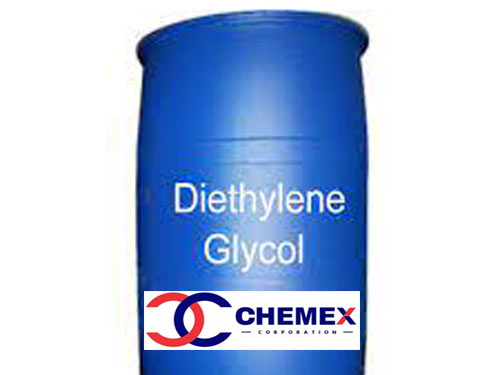
Diethylene glycol (DEG) is an organic compound with the formula (HOCH2CH2)2O. It is a colorless, practically odorless, and hygroscopic liquid with a sweetish taste. It is a four carbon dimer of ethylene glycol. It is miscible in water, alcohol, ether, acetone, and ethylene glycol. DEG is a widely used solvent. It can be a contaminant in consumer products.
MPG - Mono Propylene Glycol
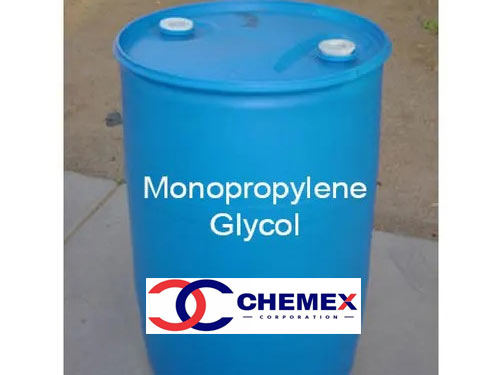
Monopropylene glycol (MPG) is a colorless organic liquid. The chemical name is “propane1,2-diol” with the formula C3H802. Common names are propylene glycol (PG) and monopropylene glycol (MPG). Propylene glycol can be produced in different grades.
TEG - Triethylene Glycol
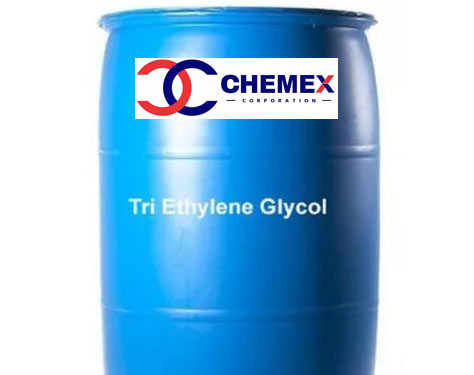
Triethylene glycol is a member of a homologous series of dihydroxy alcohols. It is a colorless, odorless and stable liquid with high viscosity and a high boiling point. Apart from its use as a raw material in the manufacture and synthesis of other products, TEG is known for its hygroscopic quality and its ability to dehumidify fluids.
PEG - Polyethylene Glycols
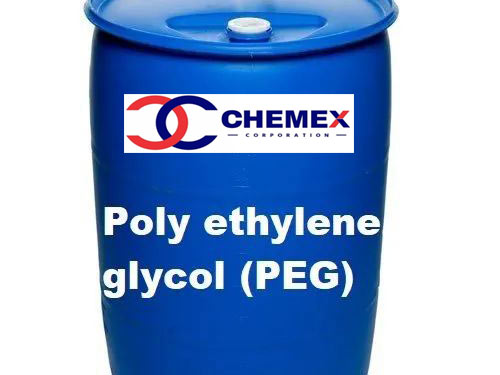
Poly(ethylene glycol) (PEG) is a water-soluble polymer with a wide range of biomedical applications. Because of its uncharged and hydrophilic nature, it is highly hydrated and effectively repels proteins. Targeted cell attachment can be achieved by incorporation of specific signaling molecules, while avoiding attachment of other cells at the same time.
PG - Propylene Glycols

Propylene glycol (IUPAC name: propane-1,2-diol) is a viscous, colorless liquid, which is nearly odorless but possesses a faintly sweet taste. Its chemical formula is CH3CH(OH)CH2OH. Containing two alcohol groups, it is classed as a diol. It is miscible with a broad range of solvents, including water, acetone, and chloroform
Ethyl Glycol Ether
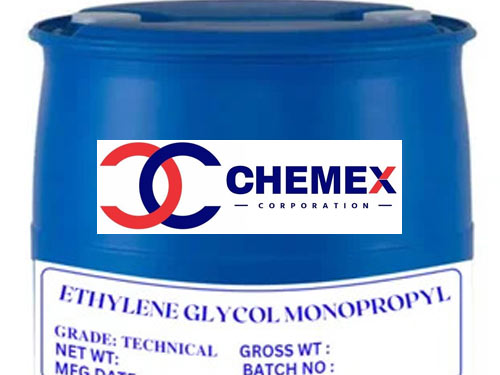
Ethylene glycol (IUPAC name: ethane-1,2-diol) is an organic compound with the formula (CH2OH)2. It is mainly used for two purposes, as a raw material in the manufacture of polyester fibers and for antifreeze formulations. It is an odorless, colorless, flammable, viscous liquid. Ethylene glycol has a sweet taste, but it is toxic in high concentrations.
Butyl Glycol Ether

Butyl Glycol Ethers (BGE) are liquid in nature. They can be used in solvent-based coatings, industrial water-based coatings, architectural water-borne coatings, household and industrial cleaners, rust removers, hard surface cleaners, disinfectants and solvent-based silk screen printing inks.
Polyester Polyols
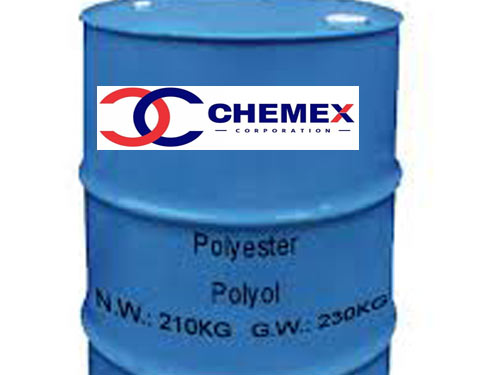
The typical polyester polyol used in coatings is branched with a weight average molecular weight (Mw) of 2000–4000. Polyester polyols are typically made from mixtures of diols, triols, and dibasic acids or anhydrides. A stoichiometric excess of hydroxyl over carboxylic acid functionality ensures that the finished polymer is hydroxy-terminated.


